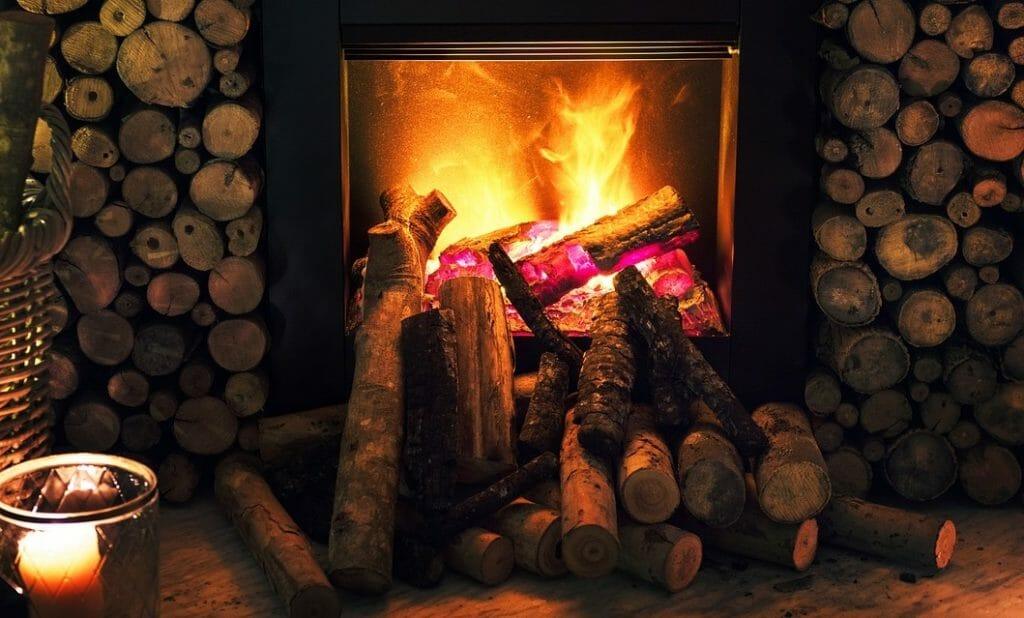No matter where you live, staying warm in the winter takes much more work than being comfortable the rest of the year. But it can be done — no matter your heating source.
Be Creative When Insulating
Keeping the warm air in and the cold air out is priority No. 1 when it comes to home heating. If replacing old doors and windows or adding to existing insulation is an option, consider one of these other insulating methods:
- Use heavy drapes or even blankets over older windows to protect from cold.
- Seal around door jambs and window casing with expandable foam to prevent drafts.
- Replace weather stripping around leaky doors and windows.
- Add window film or bubble wrap over windows to increase their insulating values.
- Keep unused rooms closed and use draft stoppers along the floor to keep cold air from leaking into occupied rooms.
- Install outlet and switchplate gaskets to stop cold air in exterior walls from seeping into living spaces.
Heat the Person, Not the Room
Turn the thermostat down a notch and still stay warm by focusing on the person and not heating an entire home. Throw blankets, lap quilts, and afghans are all good ways to keep a person warm and lower your heating costs.
“The Big Book Of Off The Grid Secrets” — Every Homesteader Needs A Copy!
Extra blankets or even heated blankets provide a comfortable place to sleep if the air in your bedroom is cold.
Take Advantage of the Sun
Some of the coldest days of the year are usually the sunniest! Take advantage of solar heating by opening drapes and curtains on windows that get the most direct sunlight during the day. You also can build or buy solar window boxes which harvest the heat of the sun and allow it to pass into your home via open windows.
Kill two birds with one stone and consider putting in a lean-to style greenhouse attached to your home where the excess heat can be let into the house by opening a window, or enclose a porch with polycarbonate panels for the same effect. Not only can you help heat the house, but you can grow or start your garden veggies, as well!
Become a Fan of Fans
It may seem counter-productive, but using fans to push air around in the winter can save you big bucks on your heating bills. Use ceiling fans to bring warm air down from the ceiling, small corner fans to push air down hallways or into small rooms, and box fans or woodstove fans to move air from one room to another.
Waste Not, Want Not
Using the oven? Leave the door open when you are done cooking to let the heat escape into the room. The same can be done with the clothes dryer. Just keep in mind that if you have lights in either of these appliances that can’t be turned off, you’ll want to be diligent about getting them closed when they aren’t providing heat to the room.
Think Outside the Box – Recycle and Upcycle
If you’ve got a wood stove, consider making your own firebricks and firelogs out of old junk mail and newspapers. You also can use catalogs, food packaging boxes, wood scraps (no pressure treated, plywoods or chipboards which contain glues, chemicals or resins) and even pinecones in place of firewood.
For radiators or wall-mounted propane heaters without fans, use a wall shelf mounted above to steer heat into the room instead of straight up towards the ceiling. Just be sure to check with the manufacturer to determine safe clearances.
You also can use leftover greenhouse building materials to build solar heating boxes as mentioned above.
Use More Than One Heating Source
Don’t be afraid to diversify and use more than one heating source for your home. If you have electric heat but live in a wooded area or have access to inexpensive firewood, consider adding a wood stove, or wood furnace as well to save money. If you already have propane for cooking, look into adding a propane fireplace or heater if propane in your area is cost effective. By using more than one heating source you have options if there is suddenly a spike in propane or oil costs, or if your usual firewood-cutting area gets closed due to fire.
What advice would you add? Share it in the section below:
 Off The Grid News Better Ideas For Off The Grid Living
Off The Grid News Better Ideas For Off The Grid Living




